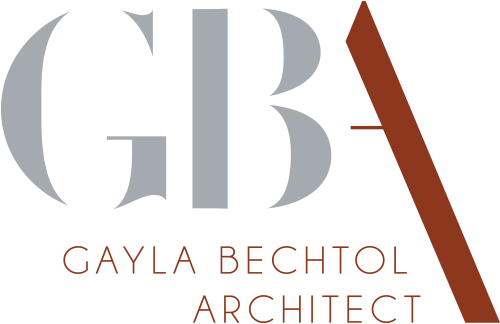No. 14 | Keeping the urban form real and available to all
In the May edition of The Santa Fe New Mexican’s Home Magazine, I discuss the need to keep the urban form of Santa Fe compact, while also creating additional housing opportunities. Urban Sense.


Read The Article:
Maybe Midtown will be different?
The Myth of Santa Fe is alive and well, maintaining “a harmonious outward appearance.” Property values have been preserved, reaching higher than ever, and the city continues to attract streams of tourists, virus or no virus. Santa Fe is on the map of places to see in the world. But what is the price of this attractiveness?
The Old/New Santa Fe-style ordinance has preserved the urban form of the city. The invention of the “Southwest” landscape and Old Santa Fe, which started in the early twentieth century — mostly by Anglo newcomers — continues today. The very real, walkable urban form of Santa Fe, the high desert climate and Santa Fe’s proximity to wilderness have made it one of the most desirable places to live.
How do we keep the urban form compact, and perhaps even spread this desirable urban form beyond downtown and the east side? How do we preserve and acknowledge the people who created these urban forms, who, by and large cannot afford to live in the places their ancestors created from the material literally at hand? Historic preservation saved Old Santa Fe…now what of Midtown? Can we plan this part of Santa Fe more equitably so not all of the people who live nearby are displaced by the public investment that development will require? Rising housing prices have already begun to force displacement.
The Midtown Campus formerly included the Santa Fe University of Art and Design, the College of Santa Fe and the U.S. Army Bruns General Hospital. Every landscape tells a story and this one is no different. The conversation around the development of the area in which these community assets are located has revealed that the people with the lowest incomes in Santa Fe live closest to Midtown. The Midtown development presents an opportunity to address the critical housing shortage in a meaningful way, because locally based neighborhood non-profits that know their constituents are influencing the plan for how this public property will be used.
Ideas, suggestions, collaboration
Suggestions of land trusts and housing cooperatives that will bypass the current high cost of housing in Santa Fe are surfacing, which could allow the existing value to be held within the project, thereby not displacing those still living in the neighborhood.
A move such as this could also facilitate the return of those who left due to rising prices driven by Santa Fe’s desirability.
There is an opportunity to have a positive impact on the environment by keeping as many buildings as possible — some of which were designed by well-known Santa Fe architect Philippe Register in his own regional modernist style. Instead of the usual scrape-and-build approach, development of Midtown could be a thoughtful infill project that will benefit the area’s neighbors and provide a needed model of how to address the complexities around historic preservation, affordable housing, sustainability and progressive design.
Planning and implementing development in this time of rising housing prices and poverty requires a more multi-dimensional understanding of Santa Fe’s growth and the people and neighborhoods affected by it. Step by step, one project at a time, we can strike a balance by using the creativity, experience, skills and collaborative mindset that make Santa Fe a unique and wonderful place to live.
We must build and preserve for all.
Gayla Bechtol received her architecture degrees from Harvard University and from the University of Southern California. Gayla Bechtol Architects is a design-centered architecture/urban design/historic preservation practice that has created designs for homes, institutions, and urban spaces for nearly 30 years. Bechtol practiced deep democracy while leading the citizens of Santa Fe to the award-winning Santa Fe Railyard. She is a board member of Friends of Architecture Santa Fe.
Related Articles
Gayla Bechtol on All Things Real Estate Radio Show
Gayla Bechtol was featured on the All Things Real Estate radio show...
No. 28 | Urban Sense: Dreaming of a Future Optimism
In the July edition of The Santa Fe New Mexican's Home Magazine,...




